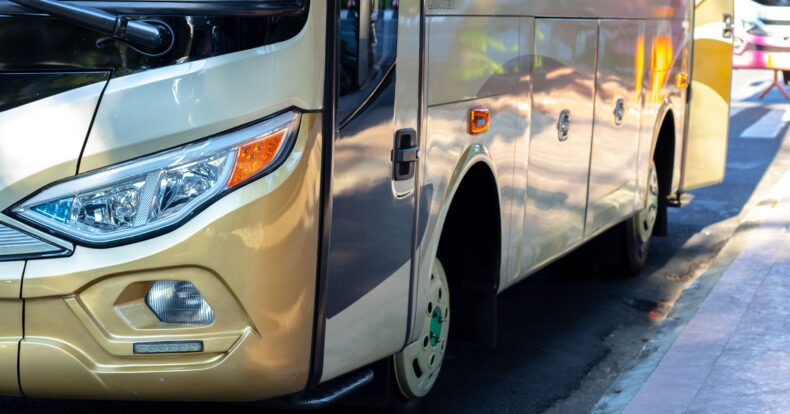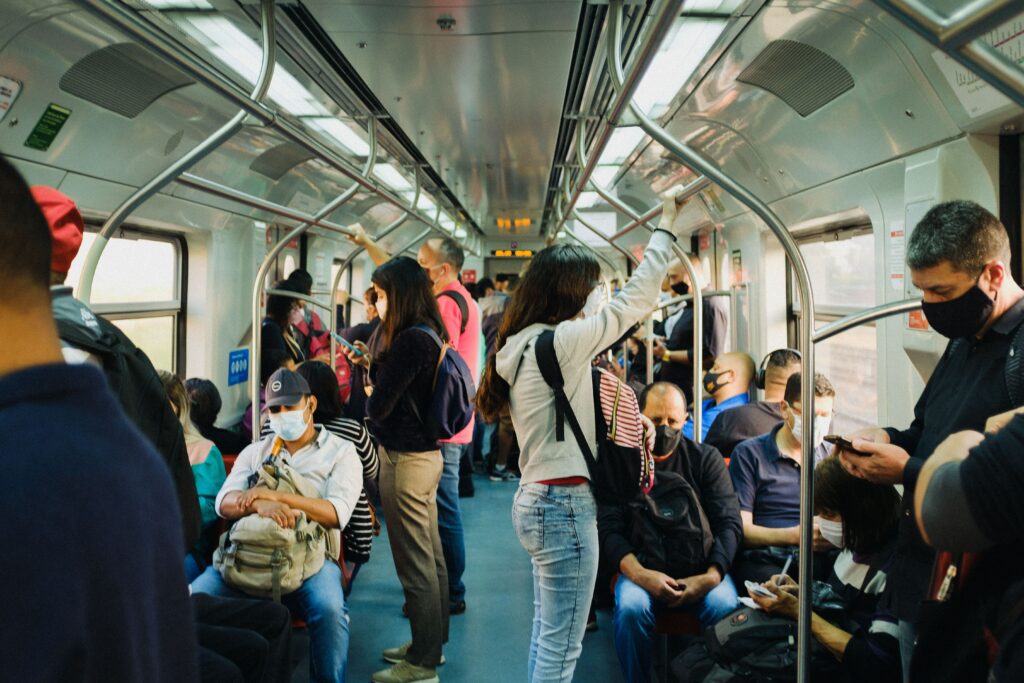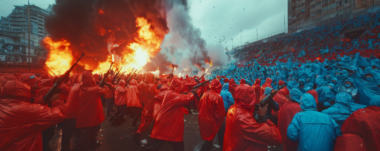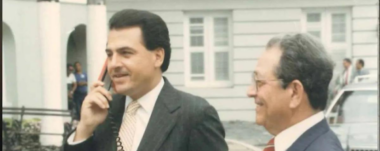Public Transportation in Costa Rica

Public transportation in Costa Rica faces several challenges for the future.
In San José alone, the percentage of people who travel by public transportation for more than 2 hours per day, including bus trips, is 48%.
The public transportation system is quite extensive and can be found in many cities throughout the country. It is not limited to just buses, but also includes cabs which are used as the first means of transportation for most people. In fact, the average time that people in San Jose wait at a bus stop or station for their bus line on a weekday is 16 minutes.
The First Public Transportation
Public transportation in Costa Rica has existed since the late 19th century and has evolved over time to adapt to the needs of the population.
The first buses and cabs were introduced in the country at the end of the 19th century. The first bus route was established by a man named Juan Rafael Mora Porras, who was a lawyer and politician. This bus route connected San José with Cartago.
In 1891 Costa Rica’s first railroad line was inaugurated, connecting San José with Alajuela. The country’s railroad system became one of its most important forms of transportation until 1949 when it was abolished.
Between 1993 and 1995 a brief passenger service made use of the rails but did not make the necessary profits to keep Incofer afloat, which had a technical closure in 1995.
Incofer then created the Interurban Train as a single passenger line that makes use of this infrastructure and rights-of-way still available. It went from transporting 1,000 people per day in 2005 to more than 20,000 in 2015.
Peak Time
Costa Rica is one of the most densely populated countries in Central America and, as a result, has an average of 2.5 million cars on its roads, and this number is growing every day. That is why public transportation has become a necessity for many people, including those living in low-income neighborhoods where there are no sidewalks or safe walking paths.
In the country, the streets are often congested and traffic can be very bad. Also, sometimes the public transportation system is not efficient and it takes a long time to get from one place to another. However, there are some ways that Costa Ricans have found to improve their public transportation system.
One of these improvements is the use of private buses or vans called “chapines”. These buses operate on fixed routes and can be booked in advance online or by phone. They offer more comfort than traditional buses that usually stop every few blocks, and are more reliable than cabs.
Another improvement is the use of “pata pata” – shared cabs. These cabs also operate on fixed routes but pick up passengers.

Challenges of Public Transportation for the Future
Although Costa Rica has approximately 36,000 kilometers of roads for vehicular traffic, 85% of the national road network is in fair or poor condition. In fact, nearly 80.0% of the Cantonal Road Network has a ballast or gravel surface. In other words, only 12% of its roads are paved. This generates an incapacity of the road system. For example, traffic congestion is becoming more and more notorious.
On the other hand, although there are many buses and trains in Costa Rica, they are not as developed as public transportation systems in other countries. Buses and trains are the most common means of transportation for Costa Ricans.
Despite this, CONAVI (National Viability Council in english) will invest $100 million annually in maintenance. The scheme of contracts to private companies will continue for three years, which will allow for the maintenance of 4,200 kilometers of asphalt roads and will imply a disbursement by CONAVI of $12 billion. In addition, support will be given to the construction and maintenance of roads at the cantonal level through the MOPT-KFW program. The investment program will continue and includes works such as Quepos-Dominical, Pérez Zeledón-Rió Convento and Bribri-Sixaola, among others.
The National Decarbonization Plan
Costa Rica, under the government of Carlos Alvarado, launched its National Decarbonization Plan on February 24, 2019, with a commitment to become a modern, green and emission-free economy. The long-term goal is to have net zero emissions by 2050, based on these 10 key axes and these cross-cutting strategies.
One of the axes is the transformation of the automobile and public transportation fleet.
As of February 2022, the country has already completed 61% of the goals of the first stage and is expected to meet 83% by the end of the year, according to a report presented Thursday by government authorities three years after its implementation.
In the mobility axis based on efficient public transportation, 5 of the 8 goals (62%) had completed their actions by February 2022. Before the end of the year, 2 other goals are planned to be completed, bringing compliance to 87%.
Among the actions of this axis are the piloting of electric buses in 2 urban public transportation routes, the 68 km of exclusive lanes implemented in 9 trunk routes and the entry into operation of the National System of Electronic Payment in Public Transportation (SINPE-TP).
In fact, public transportation contributed greatly to reducing emissions figures within the National Decarbonization Plan. This is to contribute to building a healthy future for the next generations. During the first three years of implementation, progress was made in key sectors due to their high emissions, such as transportation -which generates almost half of the greenhouse gases- and agriculture. To mitigate this, during the first phase of the plan, 9 exclusive lanes were intervened on trunk roads, a national network of 43 electric vehicle chargers was installed and 1,652 cattle farms were included under the NAMA low emissions program, among other advances.
In Summary
- In San José alone, the percentage of people who travel by public transportation for more than 2 hours per day, including bus trips, is 48%.
- Costa Rica created the National Decarbonization Plan whose first axis is the reduction of gas emissions in the public transportation fleet.
Author
Zelda Walters for Sensorial Sunsets
Bibliography
Navigate articles





